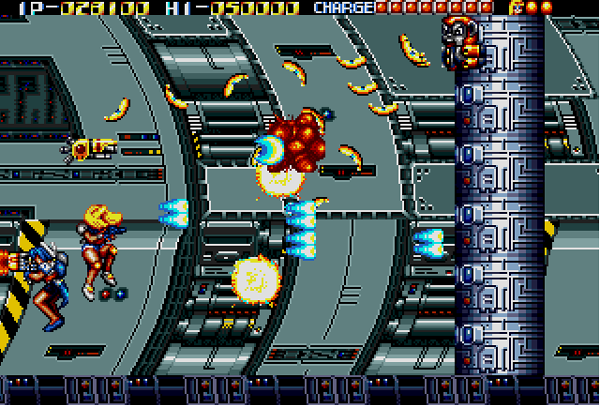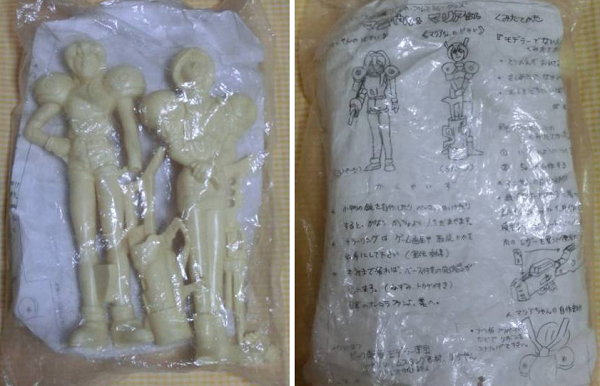
(For those of you unacquainted, the original Trouble Shooter came out for the Sega Genesis in 1991 and was known as Battle Mania for its 1992 release in Japan. The 1993 Japan-only sequel is Battle Mania Daiginjou. The heroines are called Madison and Crystal in America and Mania Ohtori and Maria Haneda, respectively, in Japan. There. Now I don’t have to explain this further down the page.)
The first reason is an amazing interview with Trouble Shooter series creator Takayan the Barbarian. Recently translated by shmuplations, it covers plenty of interesting ground. Takayan discusses the history of Vic Tokai, a game company that has long fascinated me, and the inspirations behind the Trouble Shooter titles. He also confirms something I suspected and wrote about a while ago: he’s the butler in Kid Kool.
It’s essential reading for any fan of Trouble Shooter or Vic Tokai or the game-development climate of the 1990s. Among the revelations: Trouble Shooter started off as a prototype arcade game, heroines Madison and Crystal (or Mania and Maria) originally had a weirdo weapons-dealer sidekick named Fugu, and the games are of course littered with references to everything from fantasy novels to the train stops for Sega’s Japanese headquarters.

Takayan comes off as a delightful renaissance nerd creating a game he truly wanted to make and defying all marketing logic and company disapproval along the way. He even named Battle Mania Daiginjou after his favorite sake and commissioned his own highly limited run of model kits! You can buy a set on Yahoo Japan for only $300! And if that seems expensive, you don’t want to know how much the actual game goes for these days.
Takayan also mentions some minor censorship during the development of Battle Mania Daiginjou. The continue screen originally showed Crystal/Maria disrobing in a shower while the villainous Morgstein leered in the background, his sinful habits stymied by a falling bucket when the counter hit zero. Sega caught wind of this scene and demanded its removal, so the final game’s continue screen merely shows giant numbers formed from cute little Madison and Crystal portraits.
